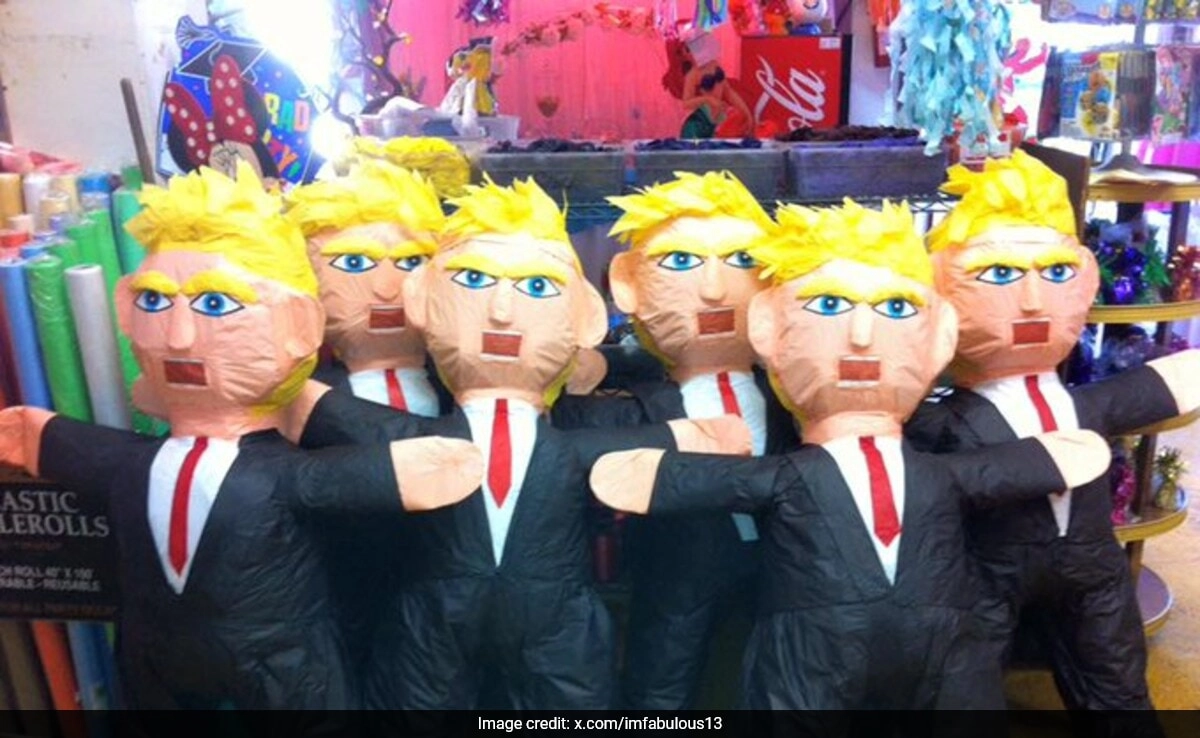The trade war instigated by former President Donald Trump has had widespread consequences across various industries, and one of the most surprising casualties has been the piñata. Traditionally associated with festive celebrations, piñatas are not only beloved by children but are also an integral part of cultural traditions in many communities. However, the tariffs imposed on imports from Mexico, where a significant number of piñatas are crafted, have led to increased costs for manufacturers and retailers in the United States. This unforeseen impact highlights how interconnected global markets can be, and how policy decisions can ripple through even the most unexpected sectors.
As tariffs on goods such as sugar, steel, and aluminum were implemented, the price of materials used in creating piñatas rose significantly. This increase in production costs has forced many businesses to either absorb the higher expenses or pass them on to consumers. For small shops that specialize in selling piñatas, the situation has become precarious. Many have found it challenging to maintain profit margins, and some have even been compelled to raise prices or reduce their inventory. These changes threaten not only the viability of these small businesses but also the cultural significance of piñatas, which have long been a staple at birthday parties, holidays, and community events.
Moreover, the piñata industry is emblematic of the larger challenges faced by American consumers and businesses as they navigate the complexities of international trade policies. While the trade war was aimed at protecting American jobs and industries, it inadvertently put pressure on niche markets like that of piñatas. This situation underscores the reality that trade policies can have unintended consequences, affecting not just the targeted industries but also wider cultural practices and traditions that many families cherish. As consumers become more aware of the implications of tariffs, it raises questions about how much they are willing to pay for products that have deep cultural roots.
In response to the challenges posed by the trade war, some piñata makers have begun to explore alternative production methods or local sourcing of materials to mitigate the impact of tariffs. This shift could lead to a resurgence of handmade piñatas crafted from locally sourced materials, potentially reinvigorating local economies. However, the transition may not be seamless, as the artistry and traditional techniques involved in piñata-making can be difficult to replicate without the same resources and expertise found in Mexico. As the piñata industry adapts to these changing conditions, it serves as a reminder of the broader implications of trade policies and the ways in which they can affect cultural practices and community celebrations.




